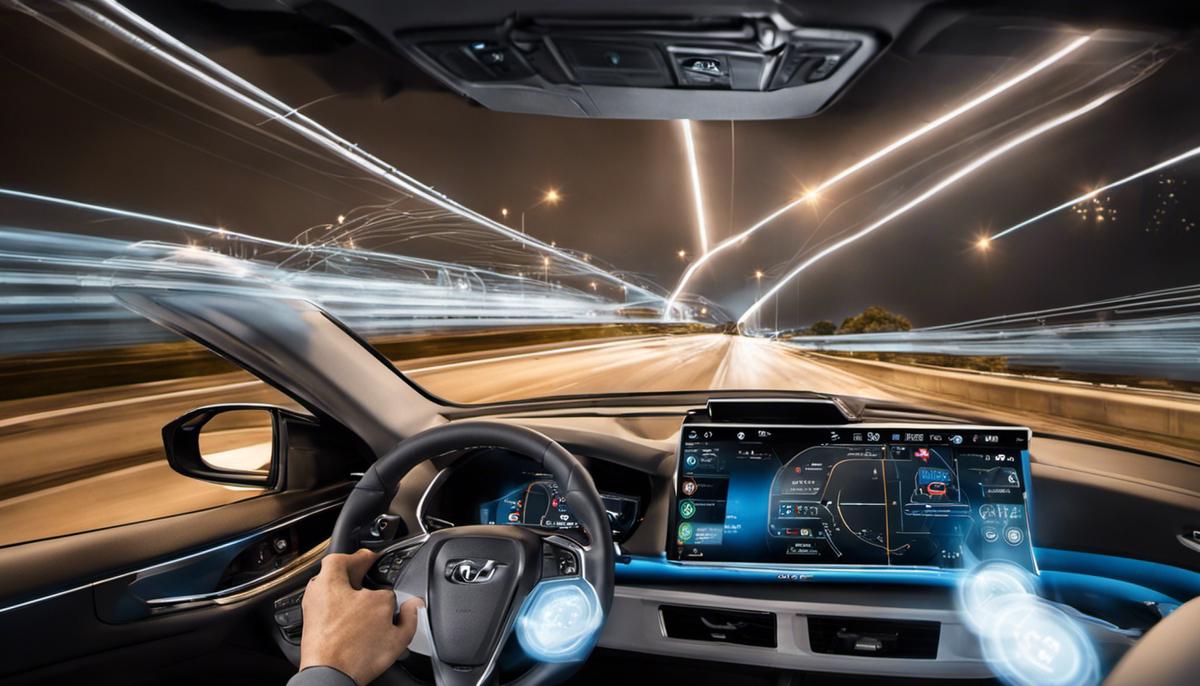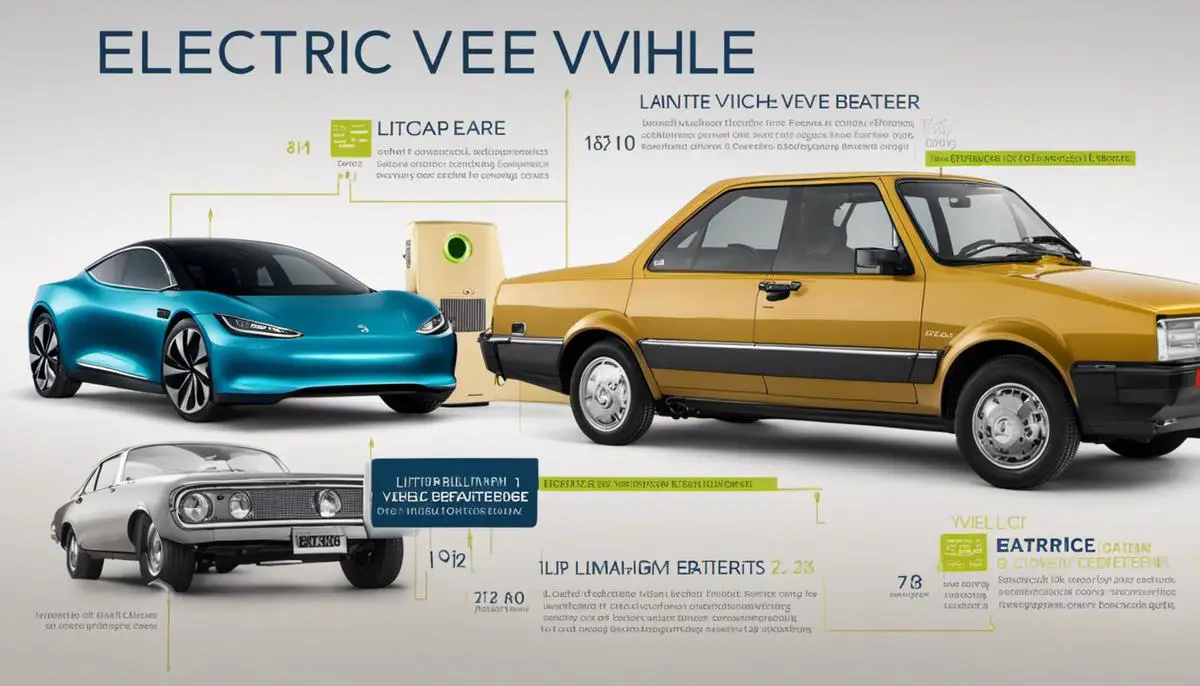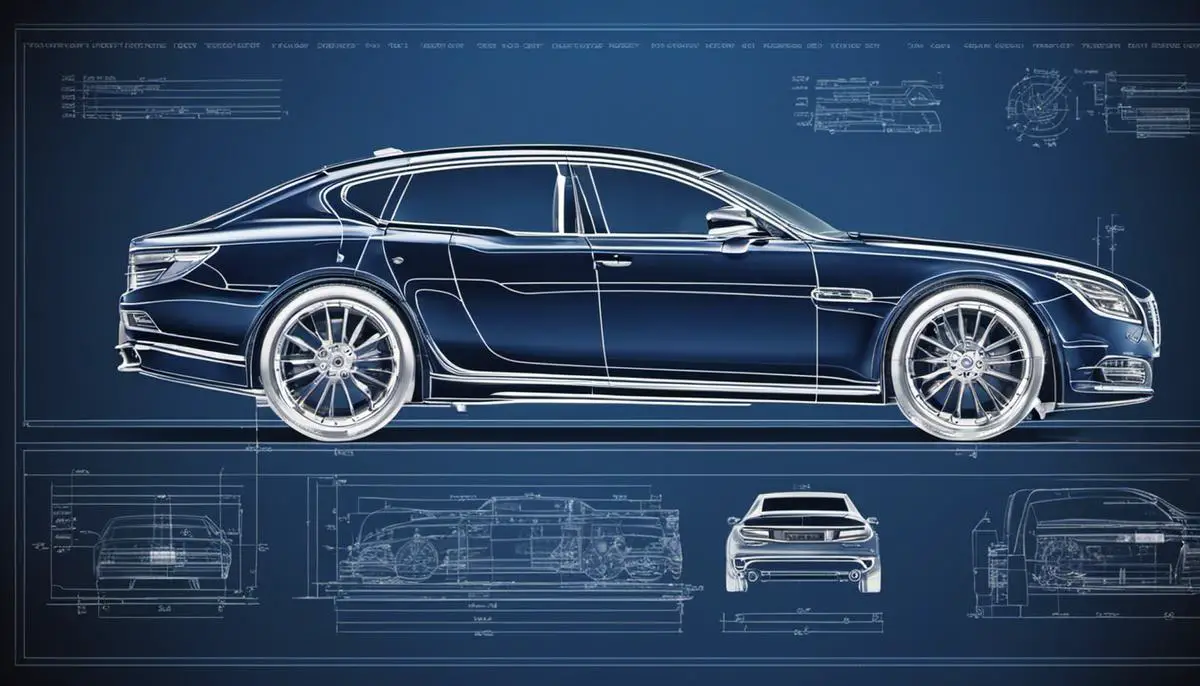The revolutionary advancements in automotive safety technology, particularly Advanced Driver-Assistance Systems (ADAS), are propelling a new era of safer, more efficient driving. These complex systems, integrating an array of sensors and cameras, enable vehicles to perceive their surroundings and automate specific driving operations, significantly reducing human error. From basic features to comprehensive systems, the role and contribution of ADAS in enhancing road safety is immense, playing a vital role in the mitigation of road accidents and the promotion of mindful driving habits. As we delve into a more comprehensive understanding of ADAS, we also explore key features, impacts, challenges, and future prospects of these technologies.
Contents
Understanding Advanced Driver-Assistance Systems (ADAS)
Advanced Driver-Assistance Systems: A Glimpse Into Your Car’s Futuristic Capabilities
In the contemporary world, technology continues to transform every aspect of our lives, relentlessly pushing the boundaries of what’s possible. With a similar sweeping pace, the automobile sector is being revolutionized through the power of cutting-edge technologies such as Advanced Driver-Assistance Systems (ADAS). Now, if the term ‘ADAS’ leaves you scratching your head, dissecting it would transform any car enthusiast’s perspective on driving safety and efficiency.
Advanced Driver-Assistance Systems (ADAS), without shrouding it in any technical jargon, are an amalgamation of various systems and sensors that work in unison to increase vehicle safety. These blend input from multiple data sources, such as cameras, radar, and LiDAR, to paint a comprehensive picture of the vehicle’s environment and activities, thereby enabling, and in some instances, automating certain functions to decrease human error. In more plain terms, it’s like having an extra pair of diligent eyes and reflexive hands when on the road.
Instead of just explaining, let’s delve into some real-world ADAS applications to better understand how they truly work.
First up, Adaptive Cruise Control (ACC), an excellent defining feature of ADAS. It does more than a regular cruise control system and moderates the vehicle’s speed to maintain a safe following distance, thereby preventing a rear-end shunt. It makes use of radar or LiDAR to monitor the distance from the car in front and adjust the speed accordingly – the perfect blend of safety and convenience.
Next in line, Lane Departure Warning (LDW) and Lane Keeping Assist (LKA) systems. LDW alerts the drivers if the vehicle unintentionally departs from its lane, while LKA takes one step forward, correcting the vehicle’s path to keep it centered. These systems employ cameras to continually scan lane markings, ensuring the vehicle remains within its defined path.
Rearview cameras and Automatic Parking are equally essential constituents of ADAS, providing drivers with real-time visibility of the rear and simplifying the often tricky operation of parking. They capitalize on ultrasonic sensors or cameras to precisely guide the vehicle into a parking spot, almost like having an expert co-driver right next to you.
Moreover, features like Forward-Collision Warning (FCW) and Automatic Emergency Braking (AEB) are becoming increasingly mainstream. These systems employ radar, cameras, or both to detect potential collision, warning the driver and even automatically applying brakes if necessary. A functional overview of ADAS would be incomplete without mentioning these life-saving aspects.
Not all ADAS features are universal across all vehicle models or brands. Manufactures introduce them typically as added safety or comfort options. From ensuring a safer commute to easing the hefty task of driving in heavy traffic or parking in tight spots, ADAS are truly redrawing the contours of modern-day driving. This is a fantastic demonstration of how technology isn’t just about bringing new possibilities to life, but primarily about enhancing human life and experiences.
The adoption of ADAS across the auto industry is a clear signal of our stride towards an era of autonomous vehicles. Even as we remain on the brink of this impending future, ADAS is already paving the course towards safer, smarter, and more efficient driving today.

Key Features of ADAS
Diving deeper into Advanced Driver-Assistance Systems (ADAS), it is essential to realize their profound implications for road safety. After discussing several ADAS elements previously, including Adaptive Cruise Control, Lane Departure Warning, and Automatic Emergency Braking systems, it’s time to shed light on some more sophisticated features, along with their respective roles in ensuring safer roads.
Pedestrian Detection Systems (PDS) are crucial components of ADAS that use sensors, radars, and cameras to identify and track pedestrians within close vicinity of a vehicle. When these sophisticated systems detect a likely collision, they can issue alerts, apply brakes, or even swerve the car, significantly reducing pedestrian-related accidents.
Night Vision Systems (NVS) are another marvel of ADAS which illuminate the world beyond the standard headlights. Harnessing infrared or thermal imaging, NVS uncover hard-to-see obstacles, animals, or even pedestrians in poorly-lit environments, granting a driver ample time to react, subsequently enhancing safety.
Rounding off this list is the Traffic Sign Recognition (TSR). Using machine learning and image recognition technology, TSR can identify various traffic signs, read speed limits, and convey this information to the driver on their dashboard. In essence, TRS ensures adherence to traffic laws, bolstering both driver and road user safety.
Taking these technologies in isolation, it is tempting to overlook their synergistic relationship. However, all these systems work in concert, creating a cohesive safety net to address multifaceted driving complexities, revealing the practical implications of ADAS as an integrated safety solution.
Since ADAS varies considerably across vehicle brands and models, a comprehensive understanding of one’s own vehicle and its ADAS functionalities is critical. It is also essential to bear in mind that while ADAS significantly contributes to road safety, it does not replace the need for responsible and attentive driving.
All said and done, the continued development and diversification of ADAS features signify promising progress towards fully autonomous vehicles. By mitigating human errors that contribute to most road accidents, these technologies hold the potential to revolutionize road safety, creating an anticipatory driving environment that leaves less room for surprises, thus reducing accidents.
With constant advancements in technology, ADAS are only expected to become more powerful and sophisticated in the future. As they evolve, they will ensure not only safer, but also, smoother, and more enjoyable driving experiences, putting us firmly on the fast lane to autonomous driving.

Impacts of ADAS on Road Safety
The Evidence: ADAS and Improved Road Safety
Having established an understanding of what Advanced Driver-Assistance Systems (ADAS) encompasses, it’s crucial to delve into the pivotal question: what tangible evidence shows ADAS enhancing road safety?
Numerous studies have highlighted the significant impact of ADAS on accident prevention and reduction. The Insurance Institute for Highway Safety (IIHS) has published research demonstrating that vehicles equipped with forward-collision warning and automatic braking saw a 50% reduction in front-into-rear crashes. Moreover, their data also indicates that lane departure warning, blind spot detection, and rearview cameras can decrease crash rates by approximately 14%.
Equally compelling, a European study by the EU’s SARTRE4 consortium found a 27% decrease in accidents and a 15% reduction in fatalities and serious injuries in vehicles that utilized ADAS. The extensive sampling and rigorous methods applied in these studies provide substantial evidence of ADAS’s efficacy in promoting safer driving practices.
Beyond these statistics, ADAS role in enhancing driver awareness and responsiveness boosts safety via fewer driver errors, particularly those linked to fatigue or inattention. By providing real-time data about environmental conditions, pedestrian activity or traffic situations through systems like pedestrian detection systems (PDS), night vision systems (NVS), and traffic sign recognition, ADAS keeps drivers informed and alert to potential hazards.
The Synergy of ADAS
A key aspect of ADAS lies in the synergy between various systems. Individual features like adaptive cruise control or lane-keeping assist contribute to overall safety, but the best results are seen when these systems are combined to present a holistic solution. In this orchestration, one system can compensate for another’s limitations, and together, they can provide a comprehensive safety protocol for the vehicle. For full effectiveness, however, it’s crucial for drivers to understand how their specific vehicle’s ADAS systems function and operate within their daily driving habits.
ADAS: An Evolution, Not a Replacement
It’s important to remember that ADAS is a tool, designed to assist, not replace, the driver. These systems are not infallible, thus responsible and attentive driving remains essential.
Yet, the imparted safety benefits of ADAS are undeniable, laying the foundation for a safer and more efficient transportation future. As ADAS technology continues to evolve, rates of traffic accidents, injuries, and fatalities could see further reduction. Expectations for advancements in machine learning and AI integration into the ADAS field are high, promising more sophisticated systems capable of interpreting complex data and making safety-critical decisions.
Indeed, the potential of ADAS to revolutionize road safety is exciting. The future will undoubtedly witness striking strides in this arena, marking relevancy not just in the journey towards autonomous vehicles, but more broadly, within our collective pursuit of safer roads.

Challenges and Future Prospects of ADAS
Tackling ADAS Limitations: Roadblocks and Opportunities
Despite these incredible strides in Advanced Driver-Assistance Systems, there are undeniable limitations and challenges. However, these roadblocks also create critical opportunities for technological leap and growth.
One such challenge is that ADAS features are limited by external conditions. For instance, certain weather conditions can severely impact the performance of these systems. Fog, snow, or heavy rain can confuse sensors, leading to system malfunction. These same sensors can malfunction due to dirt and debris – demonstrating how something as simple as a clean vehicle can impact the functionality of a highly sophisticated system.
This highlights the importance of continued human engagement even in vehicles equipped with these advanced systems. The importance of continued vigilance, even in a vehicle bristling with ADAS, cannot be overstated.
Similarly, current ADAS are limited in that they are primarily reactive systems. They require an unsafe scenario to occur or to be on the verge of happening before they step in. Despite continuous advancements, the lack of proactive capabilities is a significant drawback.
Despite the explained limitations, the potential of ADAS is undeniably high. Expectations on future ADAS integration are sky high with not only road safety has significantly improved, but with user experience also expecting to receive a jolt.
Changes in infrastructure could alleviate limitations and enhance the systems' functionality. Implementing roadways with technology designed to communicate directly with vehicles opens a new avenue for potential – smart motorways could inform cars of roadwork or help control traffic in case of an accident. An enhanced cooperative connection between ADAS-equipped vehicles and smart road infrastructure has the potential to significantly reduce traffic congestion and improve road safety, fueling the surge towards a completely connected and integrated transport network.
In addition, future ADAS versions could be designed to be more proactive rather than just reactive. Direction is set towards designing systems that predict possible dangerous scenarios rather than just responding to them. Proactive ADAS would provide warnings before a dangerous situation arises - a course of action that could revolutionize road safety.
Moreover, ADAS is propelling the auto industry towards fully autonomous vehicles. The culmination of autonomous vehicles would marry ADAS and self-driving capabilities in a seamless cohesion that would transform the way people travel.
It is essential to address these limitations with a deep understanding of the technology's immense potential - not as a replacement for human drivers, but rather as a tool to assist them. As we navigate these roadblocks and delve further into the tech, we are steering towards a future where ADAS and humans coexist in a way that augments road safety and optimizes the driving experience. Every challenge met, every limitation exceeded propels us closer to this reality. It's a thrilling journey, fueled by innovation and steered by the pursuit of safety and efficiency. Keep the seatbelts fastened!

The journey of ADAS, despite its challenges such as high costs and technical failures, underscores a promising future, particularly in the realm of fully autonomous vehicles. As we stand on the precipice of this transformative change, it is essential to understand and appreciate the significant efforts being made towards standardization and development of these advanced driver-assistance technologies. Emerging trends and potential breakthroughs will continually shape and redefine the scope of ADAS, bolstering its vital role in promoting safer, smarter, and more efficient driving experiences on our roads.



